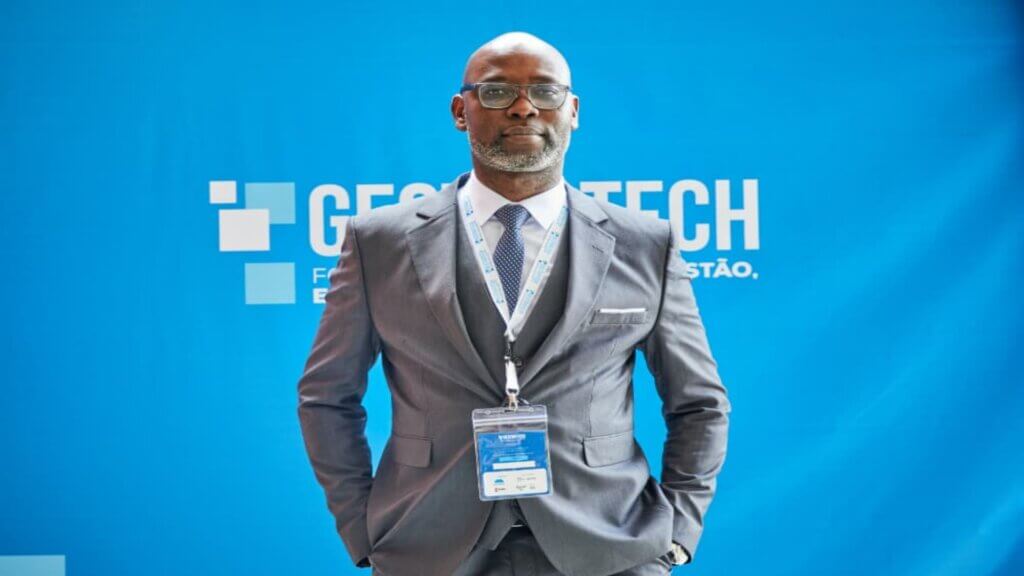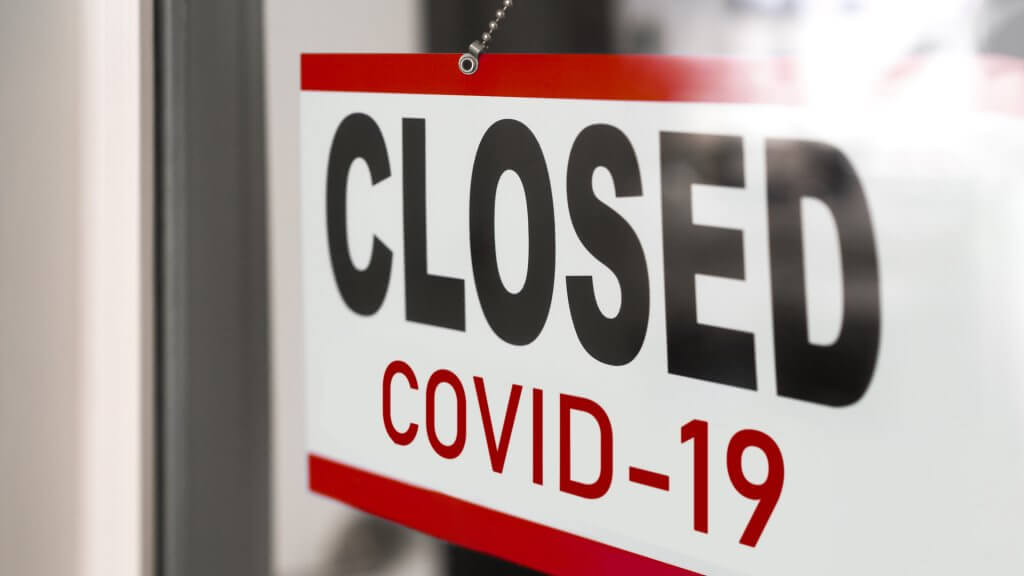Midlands Business Leaders Explain How to Mount an Effective Post-COVID Fightback
We are living through a difficult period. No one knows what the future holds but, to navigate out of the crisis, now is the time to take the wheel. But, as we’ve seen time and again, marketing is often the first activity halted in the face of adversity. In reality, though, it can play a significant role in the post-COVID fightback.
Matthew Hayes, Managing Director of Midlands based brand agency, Champions (UK) plc, explains the four key opportunities presented by the pandemic to strengthen your brand.
Evolving for the New Normal
The world is already very different. We’ve all seen the havoc wreaked across every aspect of life by the virus. And, although much of the inconvenience is temporary, a lot of it will be permanent – the ‘new normal’, if you will.
So, use what you already know to wargame different post-COVID scenarios. Identify all likely possibilities and prepare accordingly. Remember that businesses are not passive in shaping the future, so understand the active role yours can play and address how you need to evolve.
Your customers will definitely have new expectations. With health, safety and finances all cause for concern and a heightened emphasis on sustainability and ethical consumption, it is vital you identify the changes you’ll need to meet their needs.
This could mean increasing your CSR activity, for example, introducing new services or embracing digital technology to overcome social distancing. But you’ll have to communicate that effectively to customers.
Mick Ventola is the founder and managing director of Ventola Projects, the Leicestershire-based electrical installations and LED lighting specialist, and one of the DIT’s export champions. He understood early that the pandemic meant change.
“We looked at different possibilities and at how we could adapt ahead of time. We were already conducting R&D on our products, so we identified ways we could make them more sustainable and robust to reduce the travel and maintenance costs we would pass to customers. Quoting remotely rather than visiting sites brings client costs down further and we’ve incorporated facial heat mapping into our new VAvR iCheck range to help businesses with footfall reopen to the public.”
The Opportunity to Reassess
Rather than simply going quiet and sitting it out, you should take the wheel and use the opportunity to conduct a meaningful assessment of your brand. Again, inferring what can reasonably be expected in the ‘new normal’, you see how your brand stacks up against the future and, indeed, even the reality of your business today.
Companies do drift and leaders can get caught up in the daily grind. It may have been years since you last overhauled your brand and communications, so you might find they are now unsuitable for the direction you plan to take the business or to address a post-COVID market.
Use this period as an opportunity to reassess and to re-understand:
- Who you are as a business
- Your customers’ needs, wants and purpose
- What you do and how you add value
- How well you meet the needs of the market
- How you are different from the competition
Many of our clients have used the lockdown hiatus to partner with us in getting a snapshot of their brand, identity, audiences and communications and to beta test them against informed views of the new normal.
Several came to understand that the face they present to the world no longer portrays them or the value they add accurately. But the process enabled them to devise an evolved strategy for the future and they now employ new, more efficient means to reach their audiences through multiple channels.
Think of Communications as an Investment
When considered an expense, marketing is often the first activity to be cut in a recession. However, this assumption is wrong and marketing should be conceived of as an investment in your future, helping you build brand value, loyalty and advocacy, and reduce your cost of acquisition.
As we wait for the turbulent waters to settle and reveal what the commercial environment looks like, there is a real need to focus on your outbound communications. Ask yourself:
- What are you doing to create awareness of your products and services?
- How do you target your audiences?
- Are they the right audiences and how effective are your efforts?
- What is your return on that investment?
During challenging periods when many companies are folding, your marketing efforts let customers know that you are still very much open for business and it can help you attract new business, build brand value and reassure customers and staff.
However, it is important that you are sensitive to the broader situation, so perhaps avoid crowing about big client wins when so many have experienced losses. Instead, focus efforts on showing industry leadership, painting a picture of how we can shape the future together.
Robert Lockyer, CEO and founder of Leicester-headquartered Delta Global, a packaging provider to the luxury retail industry, has witnessed the impact of COVID-19 on physical retail. As a leading exporter to Europe, the supply chain has been hindered, so positive communication with customers has been crucial.
“Many believe marketing shouldn’t be a focus at this time but, without it, customers and clients could think you’d stopped trading altogether. It’s vital to maintain a dialogue that’s transparent, creative and solution-focused.
“We looked at how we could show industry solidarity and keep customers connected. We know our customers are interested in sustainability, so we showed them ways they could recycle packaging or give it a second life. It is important we have a voice at this time and to use it to help the economy and society.”
Internal Communications are as Important as External
Internal communications should be used to address the concerns of those who will pull you through the crisis and build a stronger business for the future. Messages should reassure your staff and let them know that you understand their natural concerns.
An effective internal communications strategy can boost morale and give everyone a clear sense of collective purpose. That can increase productivity, reduce sickness, boost staff retention and lower the cost of recruitment, training and onboarding. A bad strategy has the opposite effects.
Alan Lusty founded adi Group, a multidisciplinary national engineering business in Birmingham, in 1990. The company has thrived through three previous recessions, so he knew a big part of its latest stress-test would be to take adi’s hundreds of employees with it.
“The start of lockdown was a real challenge. It was important to meet customers’ changing needs but, equally, with all the uncertainty, it was vital we offered staff as much reassurance and positivity as we could. Our people and their skills are our product. They are the business and they bear the brunt of the pandemic. So, we opened up new channels of communication and ensured we did as much as we could to let them know we had their back.”
No matter what conventional wisdom says, brand communications are now more important than ever. Your current strategies may be unsuitable for a post-COVID world but a root and branch brand evaluation, with the help of an impartial third-party expert, will equip you with the plan and the tools you need for when the storm passes. That’s a real advantage over competitors, who are now drifting rudderless.

Stay updated with our latest publications.
Discover Issues
See how we can help you grow in the online space!
Advertise With Us
We can help promote your business.
Find Out More




